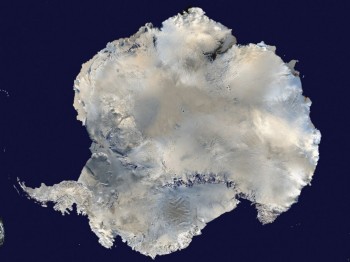The melting of Antarctica was already really bad. It just got worse.
March 16, 2015

A hundred years from now, humans may remember 2014 as the year that we first learned that we may have irreversibly destabilized the great ice sheet of West Antarctica, and thus set in motion more than 10 feet of sea level rise.
Meanwhile, 2015 could be the year of the double whammy — when we learned the same about one gigantic glacier of East Antarctica, which could set in motion roughly the same amount all over again. Northern Hemisphere residents and Americans in particular should take note — when the bottom of the world loses vast amounts of ice, those of us living closer to its top get more sea level rise than the rest of the planet, thanks to the law of gravity.
The findings about East Antarctica emerge from a new paper just out in Nature Geoscience by an international team of scientists representing the United States, Britain, France and Australia. They flew a number of research flights over the Totten Glacier of East Antarctica — the fastest-thinning sector of the world’s largest ice sheet — and took a variety of measurements to try to figure out the reasons behind its retreat. And the news wasn’t good: It appears that Totten, too, is losing ice because warm ocean water is getting underneath it.
The Washington Post, March 16, 2015
NASA, March 16, 2015
Nature Geoscience | News and Views, March 16, 2015
The International Business Times, March 16, 2015
SciGuru, March 16, 2015
NPR, March 17, 2015
The Telegraph, March 17. 2015
Delhi Daily News, March 17, 2015
Yahoo News, March 17, 2015
NBC News, March 17, 2015
RawStory, March 17, 2015
CNN International, March 18, 2015
The Atlantic, March 20, 2015
The Austin American-Statesman, July 6, 2015
Featuring: Jamin Greenbaum, Ph.D candidate, University of Texas Institute for Geophysics, Jackson School of Geosciences
